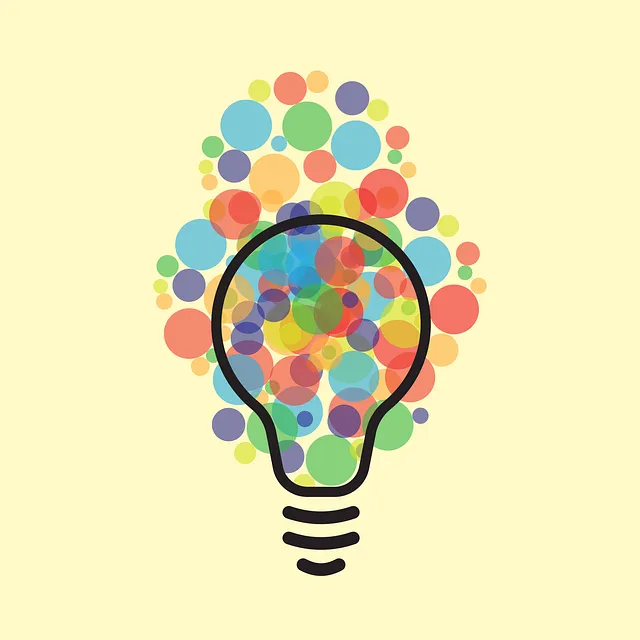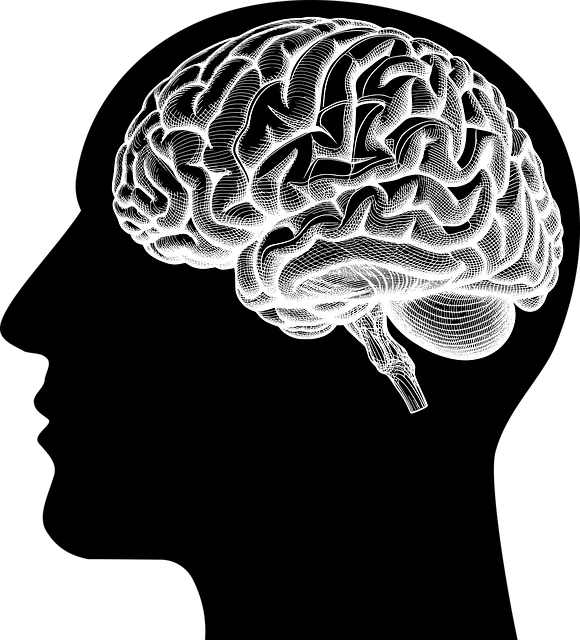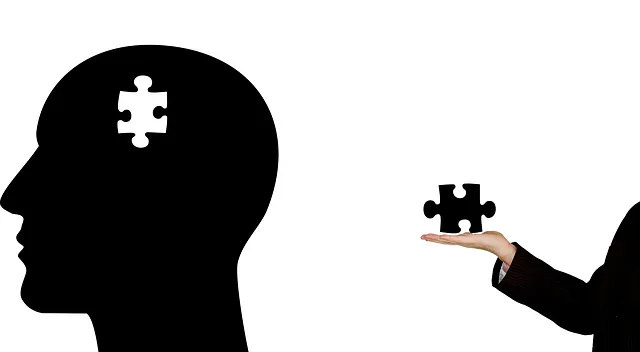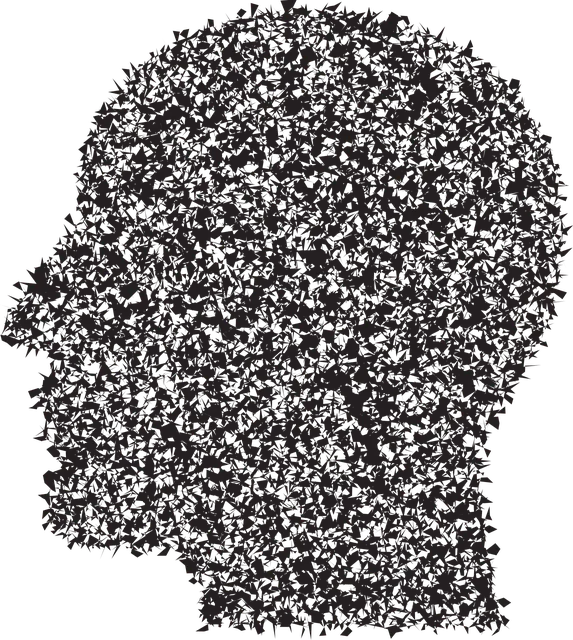Mental wellness apps are gaining popularity as a go-to for individuals seeking support in managing their psychological well-being, especially with one in four US adults dealing with mental health disorders. These digital tools offer accessible care through various services, mimicking the intensive inpatient programs available at institutions like Kaiser (as explored by Lone Tree). Developers enhance user experiences with interactive features and engaging content, encouraging self-care practices. An optimal app includes personalized dashboards, mood tracking, access to therapy, medication management, mindfulness exercises, guided meditations, positive thinking techniques, peer support groups, and one-on-one chat functions, backed by regular feedback mechanisms and progress reporting. The market demand for such apps is driven by the need for accessible, personalized mental health support, with developers successful in catering to diverse needs through thorough user research, incorporating evidence-based practices, community building, and gamification.
In today’s digital age, mental wellness apps are transforming lives by offering accessible support for various conditions. With a growing demand for solutions like those that Lone Tree or Kaiser might provide in inpatient settings, app development presents a promising avenue. This article delves into the crucial aspects of creating effective mental health applications, exploring key features, development processes, and market analysis strategies. By understanding user needs, developers can contribute to a thriving landscape of digital mental wellness resources.
- Understanding the Need for Mental Wellness Apps
- Key Features and Components of an Effective App
- Development Process and Technologies Involved
- Market Analysis and User Engagement Strategies
Understanding the Need for Mental Wellness Apps

In today’s fast-paced world, mental wellness has become a pressing concern for many individuals navigating life’s challenges and pressures. This is where mental wellness apps step in as valuable tools, offering accessible support and resources to promote self-care practices. With options like Kaiser’s inpatient mental health services for those in need of more intensive care, the demand for digital solutions is evident. These apps cater to a wide range of users, from those seeking stress management techniques to individuals striving for inner strength development.
The necessity for such applications is further highlighted by the fact that one in four adults in the United States experiences mental health disorders, as reported by the National Alliance on Mental Illness (NAMI). To address this growing need, developers are creating innovative Mental Wellness Podcast Series Production, integrating engaging content and interactive features to support users’ journeys towards improved mental well-being. By providing convenient access to resources, these apps encourage individuals to take charge of their mental health, whether it’s through mindfulness exercises, meditation practices, or exploring various self-care routines.
Key Features and Components of an Effective App

An effective mental wellness app should offer a comprehensive suite of features designed to support users’ inner strength development and prevent burnout. Key components include personalized dashboards that cater to individual needs, tracking tools for mood and anxiety levels, and access to professional resources like therapy sessions and medication management. Integration of mindfulness exercises, guided meditations, and positive thinking techniques can significantly enhance the app’s impact.
Additionally, social interaction features such as peer support groups or one-on-one chat functions can foster a sense of community, reducing feelings of isolation. Regular feedback mechanisms and progress reporting enable users to track their mental health journey effectively. For instance, “Lone Tree does Kaiser have inpatient mental health?” queries reflect the importance of understanding comprehensive care options available within an app ecosystem aimed at holistic mental wellness.
Development Process and Technologies Involved

The development process of a mental wellness app involves several critical stages to ensure its effectiveness and user-centric design. It begins with extensive research and understanding of the target audience’s needs, often inspired by real-life challenges like those faced by individuals seeking support for burnout prevention or empathetic communication strategies. This phase includes market analysis to identify gaps and unique selling points for the app.
Technologies such as machine learning algorithms play a pivotal role in personalizing user experiences. These algorithms can adapt to individual user behaviors, providing tailored recommendations for stress management workshops or mindfulness exercises. Other key components include secure data storage and seamless integration with wearable health devices, offering users comprehensive insights into their mental health journey. For instance, a feature tracking anxiety levels might sync with a user’s fitness tracker data to provide a holistic view of their well-being, much like how Lone Tree does Kaiser have inpatient mental health services, offering specialized care in a controlled environment.
Market Analysis and User Engagement Strategies

The market for mental wellness apps is rapidly growing, driven by increasing demand for accessible and personalized mental health support. Understanding your target audience—in this case, individuals seeking solutions similar to what Lone Tree does Kaiser offer for inpatient mental health services—is crucial. Conducting thorough user research reveals unique needs and preferences, guiding the app’s functionality and content. For instance, many users value discreetness and convenience, prompting features like private chat sessions and audio meditations tailored to specific challenges.
Engagement strategies should focus on building a supportive community within the app while incorporating evidence-based practices such as Healthcare Provider Cultural Competency Training and Burnout Prevention Strategies for Healthcare Providers. Incorporating coping skills development through interactive tools and gamification can enhance user retention and satisfaction. By leveraging these insights, developers can create compelling mental wellness apps that cater to diverse needs, ensuring users not only access valuable resources but also develop lasting coping mechanisms.
Mental wellness apps are becoming increasingly vital in addressing the growing need for accessible, personalized support. By incorporating key features like mood tracking, mindfulness exercises, and therapeutic resources, these applications offer a convenient and discrete way to improve mental health. As technology advances, developers must prioritize user experience and privacy while leveraging suitable technologies, such as artificial intelligence and secure data storage. Market analysis reveals a strong demand for apps catering to specific needs, with effective engagement strategies focusing on community building and personalized recommendations. With options like Lone Tree’s Kaiser inpatient mental health services in mind, the future of mental wellness apps looks promising, providing comprehensive care directly at users’ fingertips.






